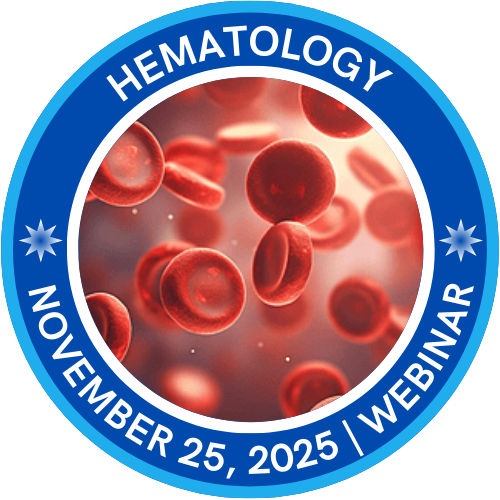Welcome everyone, as we come together to explore the vital and fascinating field of hematology at the Hematology Webinar, scheduled for November 25, 2025.Hematology—the study of blood and its disorders—plays a crucial role in understanding human health, from diagnosing anemia and clotting conditions to advancing life-saving treatments for cancers like leukemia and lymphoma.This event offers a unique opportunity for learning, collaboration, and discovery among healthcare professionals, researchers, and students. Together, let us deepen our knowledge, share experiences, and inspire progress in improving patient care and advancing hematological science.We’re honored by your presence and look forward to an engaging and insightful session ahead.
Hematology is the branch of medicine that focuses on the study of blood, blood-forming organs, and blood disorders. It involves the diagnosis, treatment, and prevention of conditions affecting red and white blood cells, platelets, bone marrow, and the lymphatic system. Blood plays a vital role in transporting oxygen, fighting infections, and clotting to prevent bleeding. Disorders of the blood can affect the entire body and may lead to serious health issues if not diagnosed and treated properly.

The increased prevalence of blood disorders is the main factor fueling the expansion of the hematology diagnostics market. The aging population will probably continue to fuel market expansion. Increasing consumer awareness of blood diseases is anticipated to significantly boost the market growth. In the upcoming years, the players competing in the hematology diagnostics market may benefit significantly from increased investment in research & development activities to produce new diagnostic solutions. A prominent factor propelling the expansion of the hematology diagnostics market is the rise in the number of people affected by blood illnesses. The demand for hematology diagnostics has increased as blood illnesses like anemia, thalassemia, and hemophilia are becoming more common. According to National Institutes of Health data, anemia affects roughly 29% of women and 38% of pregnant women each year (NIH).